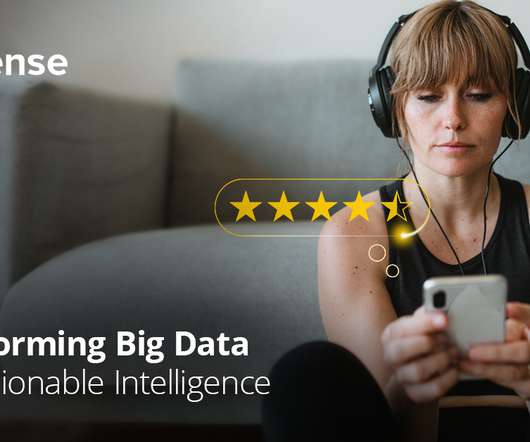8 data strategy mistakes to avoid
CIO Business Intelligence
JANUARY 24, 2024
With nearly 800 locations, RaceTrac handles a substantial volume of data, encompassing 260 million transactions annually, alongside data feeds from store cameras and internet of things (IoT) devices embedded in fuel pumps. This empowers data users to make decisions informed by data and in real-time with increased confidence.”














Let's personalize your content